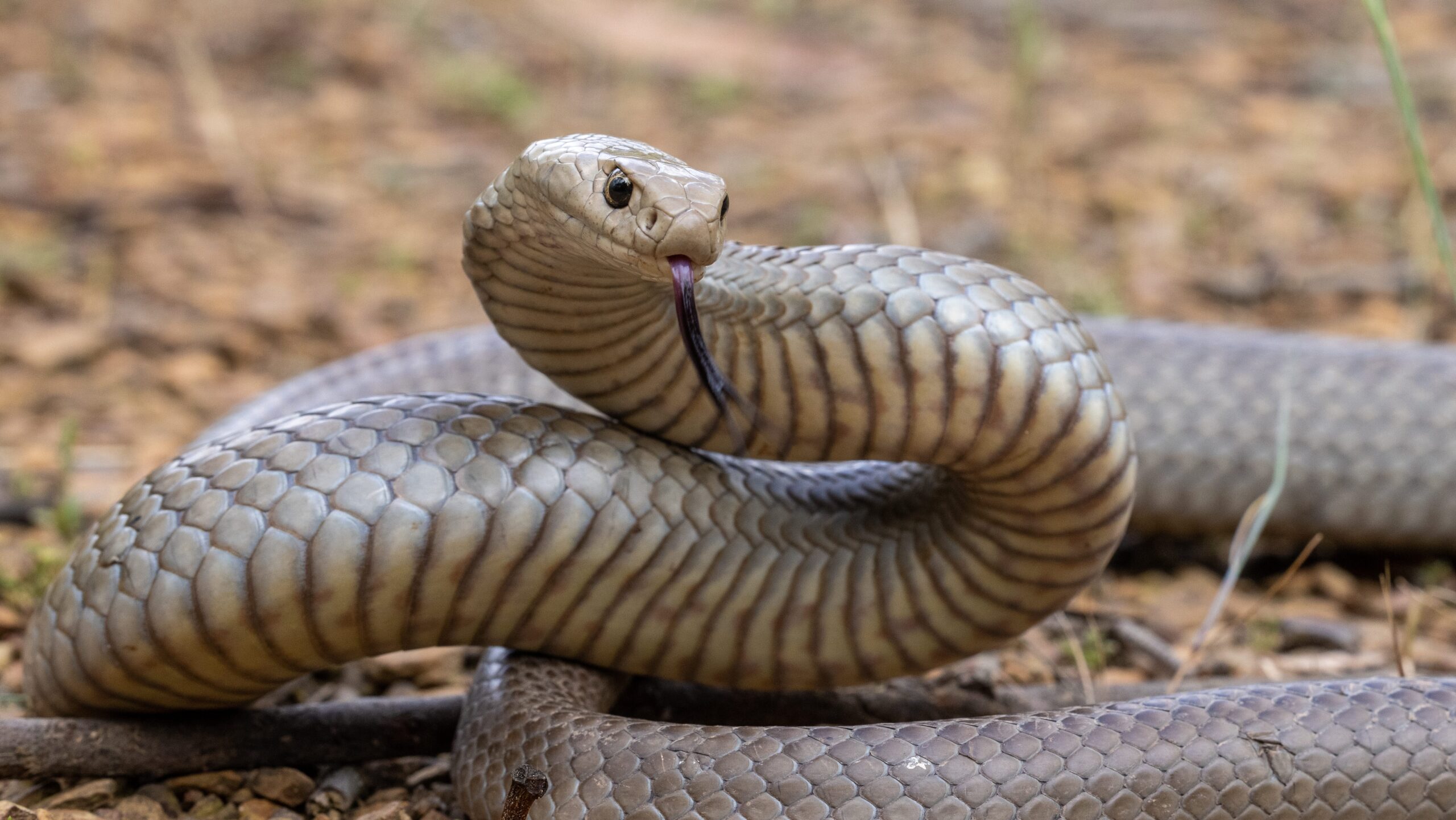Introduction
Tiger snakes are amongst one of the most popular and feared reptiles in Australia, widely recognized for their striking look and potent venom. This short article intends to delve into the ins and outs of the tiger serpent's habitat, circulation, actions, and what one can expect when encountering these remarkable animals. By comprehending where to find them and exactly how to navigate potential threats, you can appreciate their function in the ecological community while ensuring your safety.

Tiger Serpent Habitat: Where to Find Them and What to Expect
Tiger snakes are primarily found in southeastern Australia, consisting of Tasmania, where they prosper in a variety of environments. Their versatility permits them to inhabit varied terrains such as coastal areas, wetlands, grasslands, and even urban areas.
Geographical Circulation of Tiger Snakes
The geographical reach of tiger serpents expands across several Australian states. They are especially typical in:
- Tasmania: The Tasmanian tiger serpent is just one of one of the most acknowledged subspecies. Victoria: Discovered near water bodies like rivers and lakes. New South Wales: Favoring bushland locations near to water sources. Western Australia: Even more commonly seen around swamps and estuaries.
Understanding the geographical circulation is essential for both preservation efforts and public recognition pertaining to experiences with these snakes.

Preferred Habitats of Tiger Snakes
Tiger snakes grow in various habitats. Below are some typical atmospheres where they may be discovered:
Wetlands: They like marshy or swampy locations where they can access prey easily. Coastal Regions: Near beaches or rough coastlines supply abundant food sources like fish and amphibians. Forested Areas: Thick understory supplies shelter from predators while providing searching grounds.Behavioral Patterns Connected to Habitat
Understanding tiger snake habits within their environments is vital for communication management:
- Nocturnal Activity: Tiger snakes often tend to be a lot more energetic throughout twilight hours (sunset and dawn), making them more difficult to identify during daytime. Territorial Nature: They show territorial habits; therefore, it's vital to appreciate their space if encountered.
This understanding can aid reduce unwanted communications between human beings Symptoms and tiger snakes.
Are Tiger Snakes Venomous?
Yes, tiger serpents are indeed venomous. Their venom consists of neurotoxins that can cause paralysis and even fatality if untreated.
What Makes Their Venom Dangerous?
The strength of a tiger snake's venom differs depending upon several elements:
- Geographic location Individual health Quantity infused throughout a bite
Symptoms of a Tiger Snake Bite
Recognizing signs and symptoms early is important:
- Pain at the bite site Swelling Difficulty breathing
Immediate clinical attention is essential if bitten.
First Aid for Serpent Bites
Knowing emergency treatment treatments can be lifesaving in instance of a serpent bite.
First Help Steps for Snake Bites
Stay calmness; maintain the afflicted location still. Call emergency situation services immediately. Apply a stress plaster above the bite site. Keep the specific lying down until aid arrives.Following these steps can significantly enhance results adhering to a serpent encounter.
Where Else Can You Encounter Tiger Snakes?
While they're usually discovered in their all-natural environments, urbanization has led to boosted experiences with humans.
Urban Encounters
Tiger snakes might venture into gardens or parks looking for food or water sources.
Precautions When Hiking or Exploring
When checking out locations known for tiger serpent habitats:
- Wear thick boots Stay on paths Be vigilant
Taking these preventative measures will assist reduce threats while you delight in nature.
Baby Tiger Snakes: A Distinct Point Of View on Growth
Just like adults, baby tiger serpents are birthed venomous but smaller in size.
Characteristics of Infant Tiger Snakes
- Size: Commonly around 20-- 30 cm when born. Appearance: Sport comparable coloration as adults but may have lighter bands initially.
Understanding their growth assists in valuing their eco-friendly role from early stage onward.
FAQs concerning Tiger Snakes
1. Are all tiger snakes venomous?
Yes, all varieties of tiger snakes possess poison efficient in causing severe harm.
2. Exactly how can I recognize a tiger snake?
Look for distinct banding patterns varying from yellowish-brown to blackish colors along their bodies; grownups typically grow between 1-- 2 meters long.
3. What ought to I do if bitten by a tiger snake?
Seek immediate medical focus; apply emergency treatment measures as talked about earlier while keeping calm.

4. Do baby tiger serpents present any danger?
Absolutely! In spite of their small size, baby tiger serpents are still venomous and can deliver bites that need major medical attention.
5. Are there any kind of particular environments I must avoid?
Avoid going through thick underbrush or near stagnant water where conditions favor snake presence during warmer months.
6. Just how do conservation initiatives influence tiger snake populations?
Conservation efforts concentrate on habitat conservation which straight impacts population security by ensuring enough food resources and safe reproduction locations.
Conclusion
In summary, recognizing "Tiger Snake Habitat: Where to Discover Them and What to Anticipate" not only enriches our expertise regarding these exceptional reptiles however also improves our capability to exist side-by-side safely with them in shared atmospheres. From acknowledging their liked habitats to understanding exactly how to respond properly if bitten, detailed expertise equips all of us-- whether we're wildlife lovers or informal hikers-- to appreciate this remarkable aspect of Australia's all-natural heritage while prioritizing our safety.
This article functions as a considerable guide on Safety and Prevention everything related to tiger snake environments! Whether you're an avid explorer or somebody looking just for information about these animals, understanding just Website link how they communicate within their environments-- and exactly how we suit that photo-- is crucial!